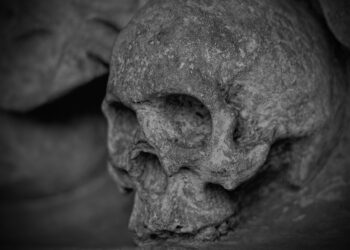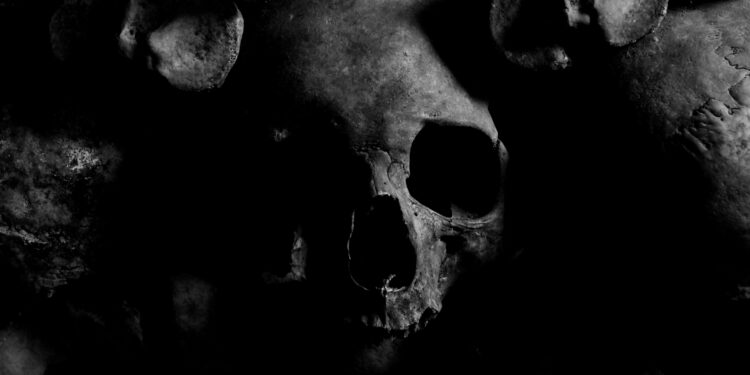Did you know that some of the skeletons in laboratories and hospitals once belonged to a human? Some of these skeletons are faux while some are real. I had a lot of thoughts on my mind the first time I realized that actual human skeletons were being used for science.
Among all these thoughts was a very persistent thought which still remains “how does a person donate their skeleton to science?” The reason behind it wasn’t something that I was curious about but the process. So what does this process involve?

What is Body Donation?
Body donation simply means giving your body to science after you pass away. What this means is that when you sign up to be a body donor, you’re agreeing to let a medical school or even a research center use your body for learning and other research purposes.
Types of Body Donation
There are different types of body donation namely: whole body donation, organ donation, and tissue donation. The whole body donation is as the name implies basically you donate to medical science. Your body will help the medical student know more about human anatomy and it also allows to develop new medical techniques and treatments.
The second one is organ donation, a process where specific organs like kidneys, liver, or heart are donated to save lives through transplantation. While tissue donation involves donating skin, bones, and corneas. These tissues donated can heal injuries, and restore sight etc.
What Are The Steps Involved in Body Donation?
The first thing to do is to go to a research facility, or a medical school and register to be a body donor. You’ll then be asked to fill out a consent form which is a legal form to confirm and support your decision as a body donor after death. However, before this step you’ll need to inform your family about your decision to donate your body to science.
After registering, you might get a donor card. Carry this card with you to let others know your wishes in case of an emergency. Make sure your family is aware of your decision so as to notify the medical school or research center quickly when you die. The notification of your death needs to be done quickly because there are some procedures that need to be done immediately.
Furthermore, the donation program arranges for your body to be taken to the medical school or research facility. If the research facility needs your skeleton for further study, they will clean and keep it so it can be used to teach students. After they are done using the rest of your body, they will usually cremate or bury it. If you wanted your ashes to be returned to your family, they might do that too.
Benefits of Body Donation
- Helps scientists understand diseases better.
- Leads to new treatments and surgical techniques.
- Improves health and saves lives.
- Medical students learn about human anatomy in a hands-on way.
- Provides practical experience that books and simulations can’t offer
- Helps train skilled and knowledgeable healthcare professionals.
- Families can feel good knowing their loved one is helping others.
- Seen as a final, meaningful gift to science and medicine.
- Many programs cover transportation and handling costs, reducing financial stress.
Conclusion
The idea of a body donation might sound bizarre to some people. Body donation is just a way to help others even after you’re gone. If you want to learn more or sign up, contact any medical school in your region, research institutions, or national body donation programs. They’ll provide you with the necessary process needed for this procedure.

















